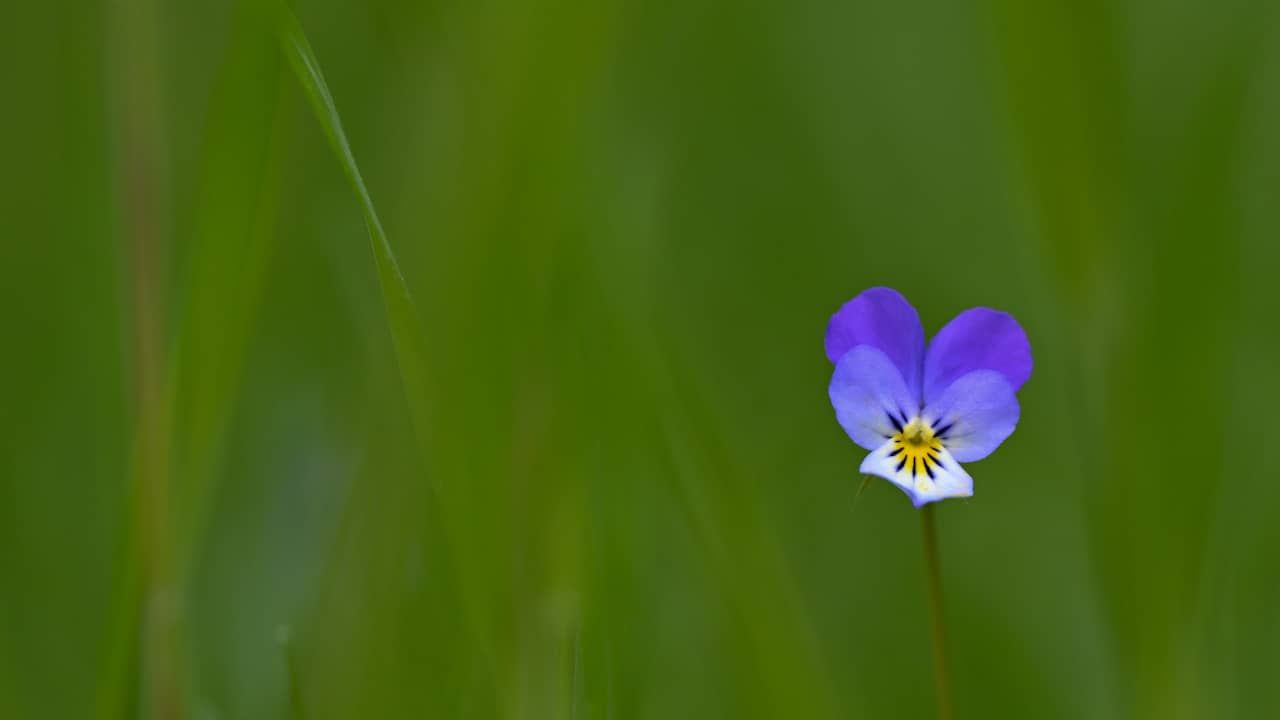
Flowers self-pollinate more often because there are fewer insects
Flowers increasingly ensure that they are pollinated with pollen. This is because there are fewer and fewer insects that can transfer pollen from one plant to another. French scientists describe this as a worrying development.
Biologists from the University of Montpellier compared today's wild violets to the same species of violets that existed decades ago. These ancient violets are grown in the laboratory from ancient seeds.
Research shows that violets are increasingly self-pollinating these days. Flower buds also became less visible and nectar production decreased. As a result, the flowers are now less attractive to insects.
According to scientists, this indicates that flower pollination is in a negative spiral. Because there are fewer insects to help pollinate, flowers spend less energy making themselves attractive to insects. As a result, insects are less likely to visit the flower and the cycle begins again.
Scientists find this a worrying process. Self-pollination threatens to reduce insect and plant diversity. Therefore, the research team calls for more efforts to protect endangered plant and insect species.
Flowers are pollinated when pollen from the flower falls onto the pistil. Pollination is one of the stages of flower reproduction. If insemination is successful, there is a chance that fertilization will occur.

“Pop culture enthusiast. Unable to type with boxing gloves on. Analyst. Student. Explorer.”
